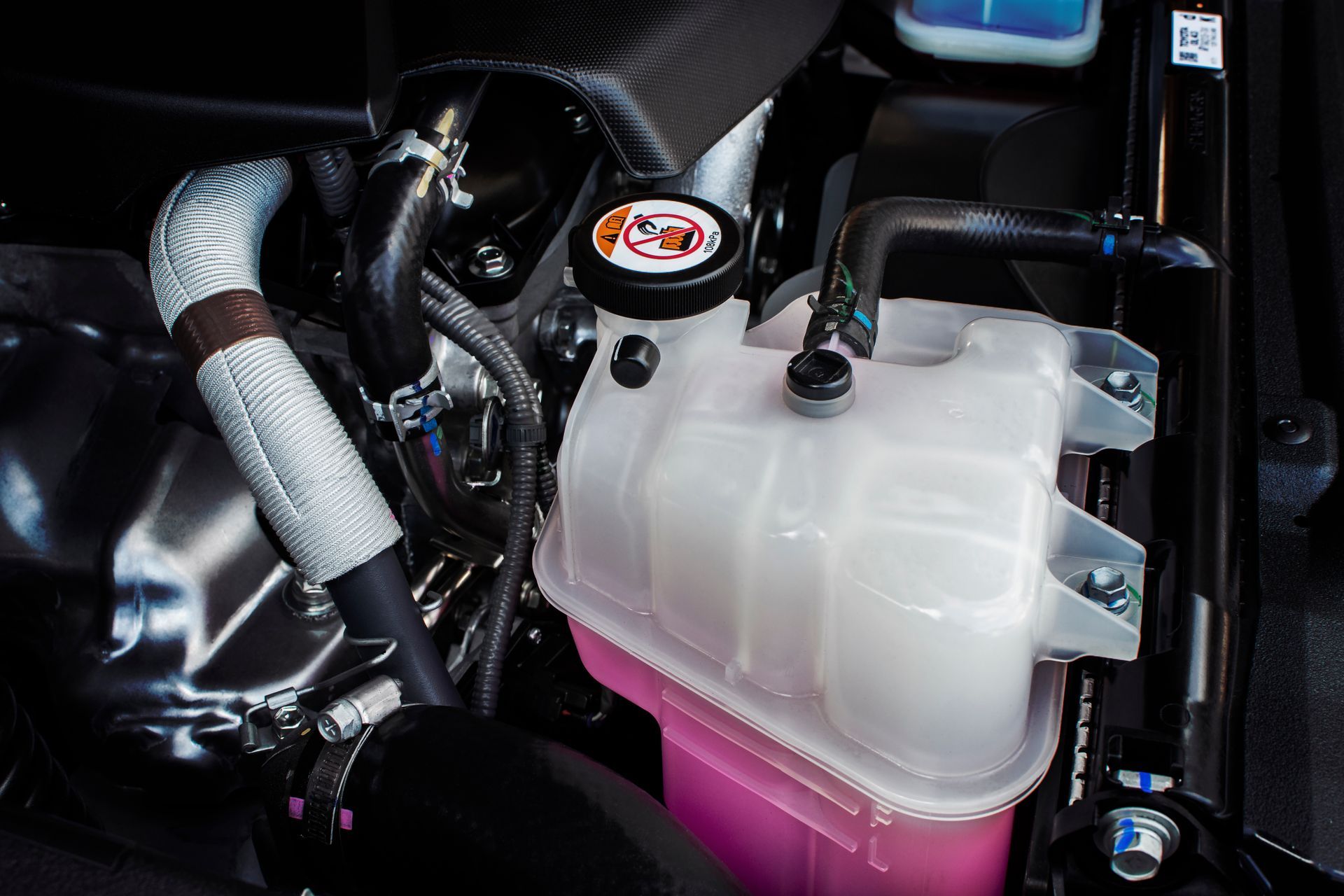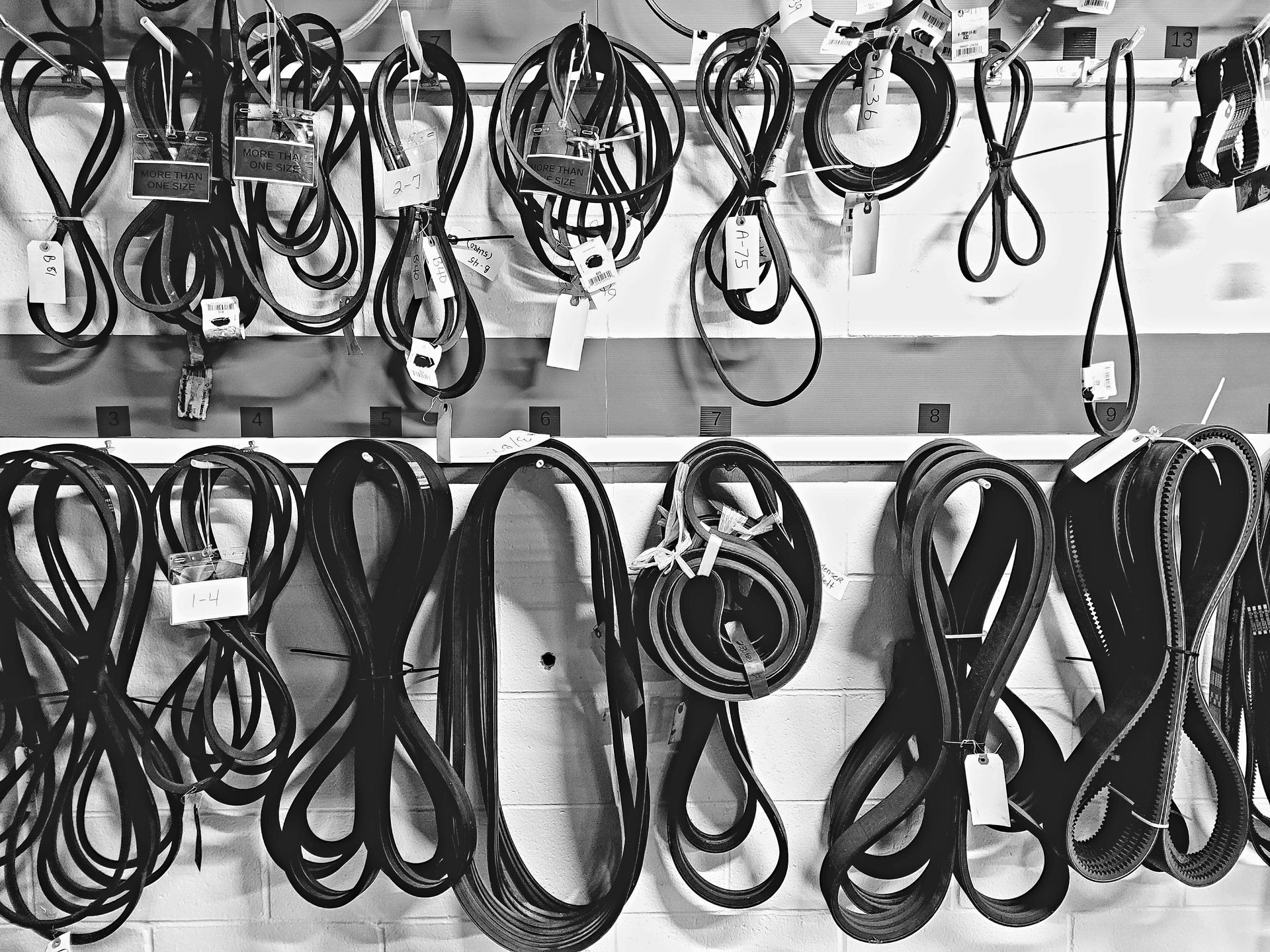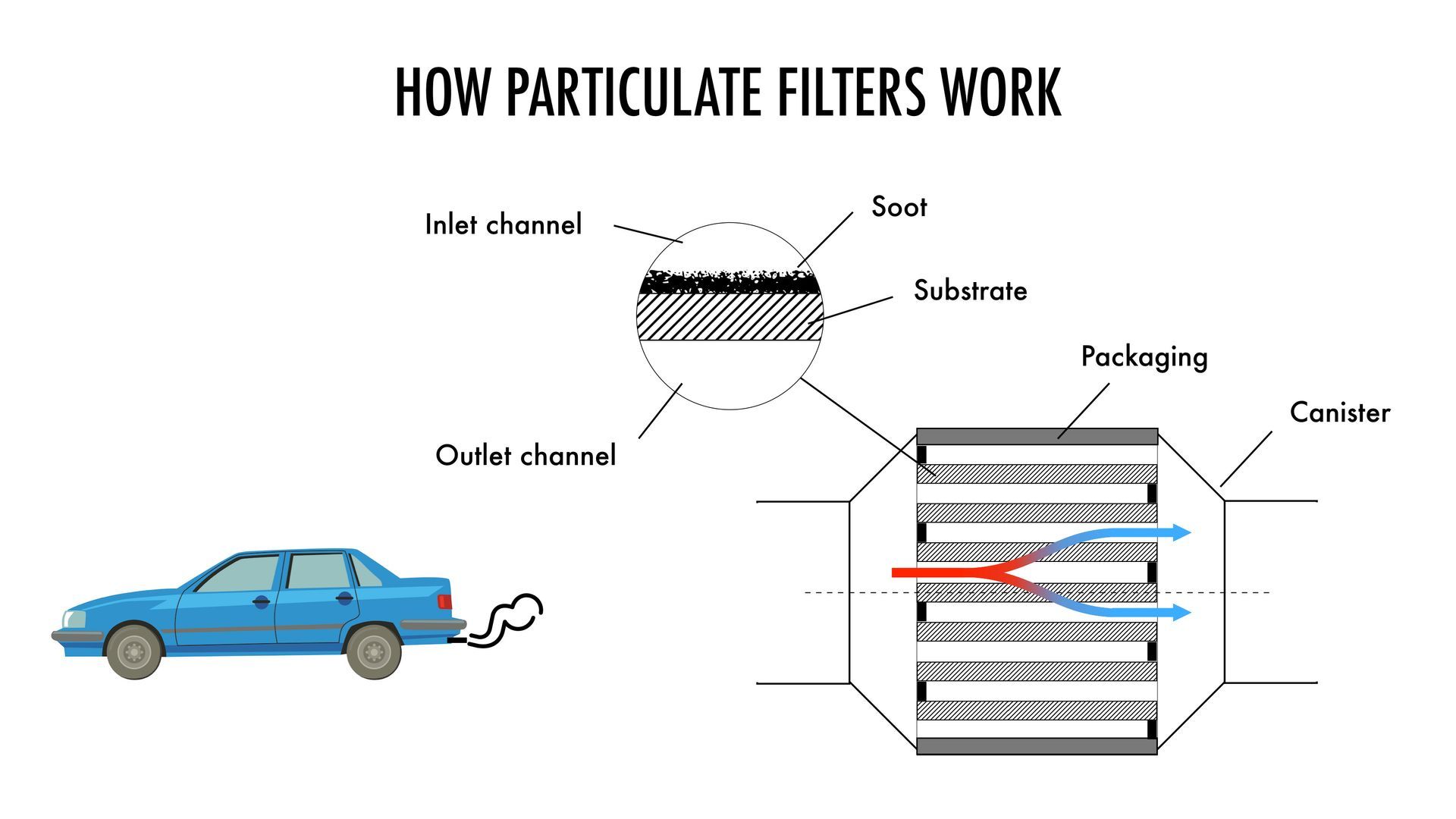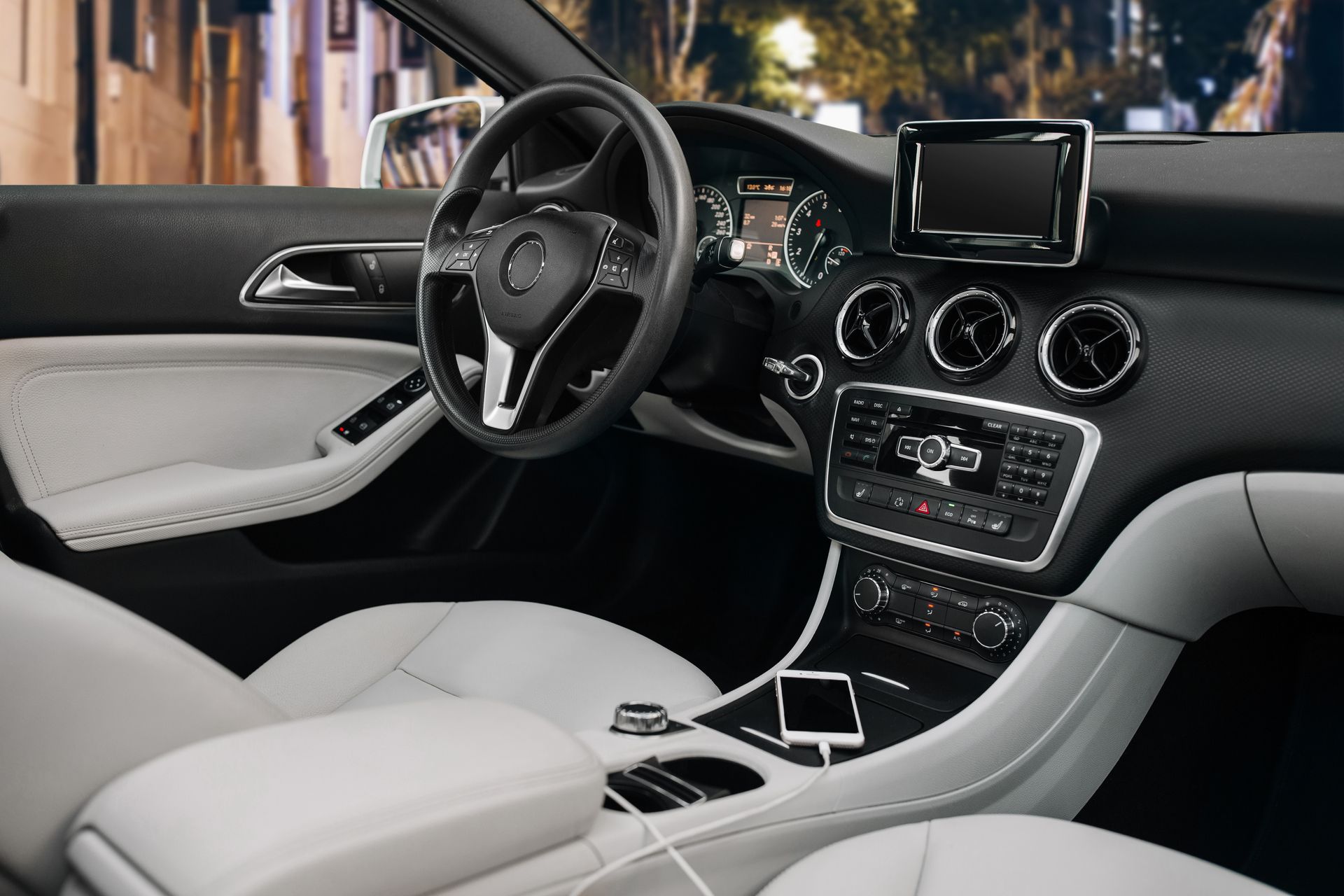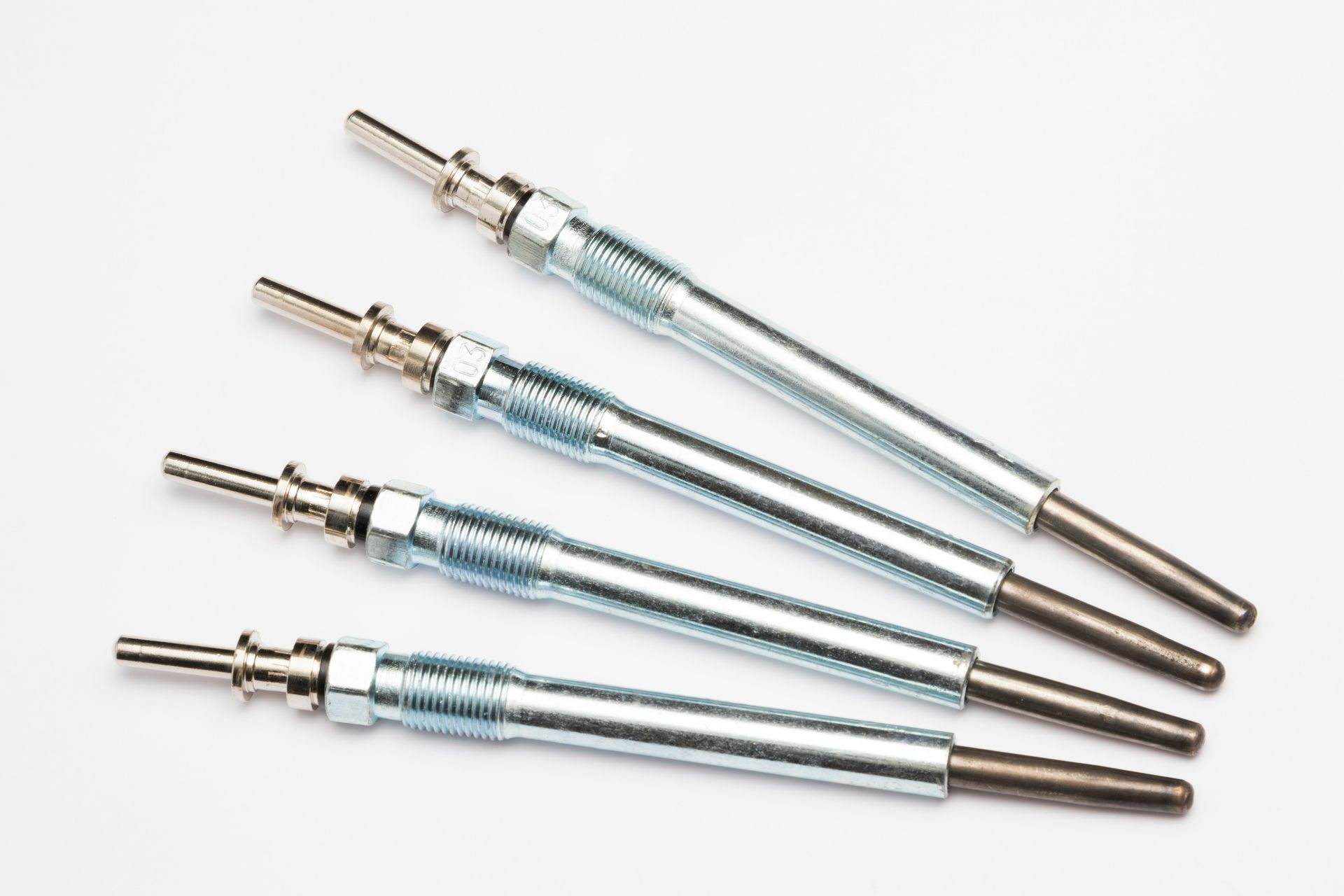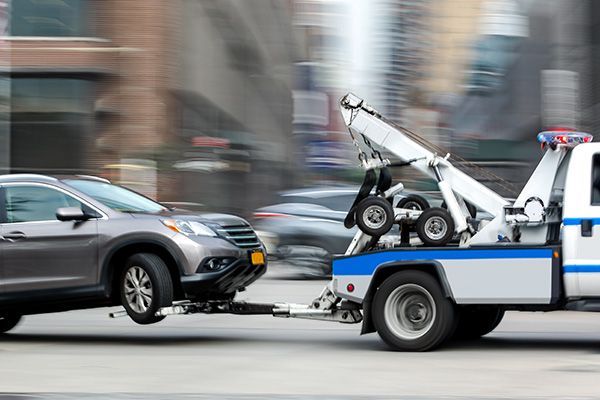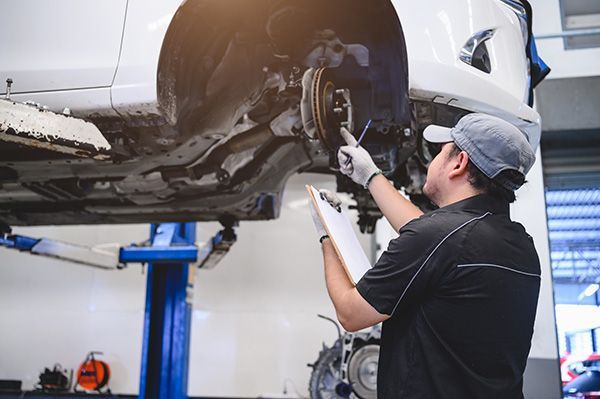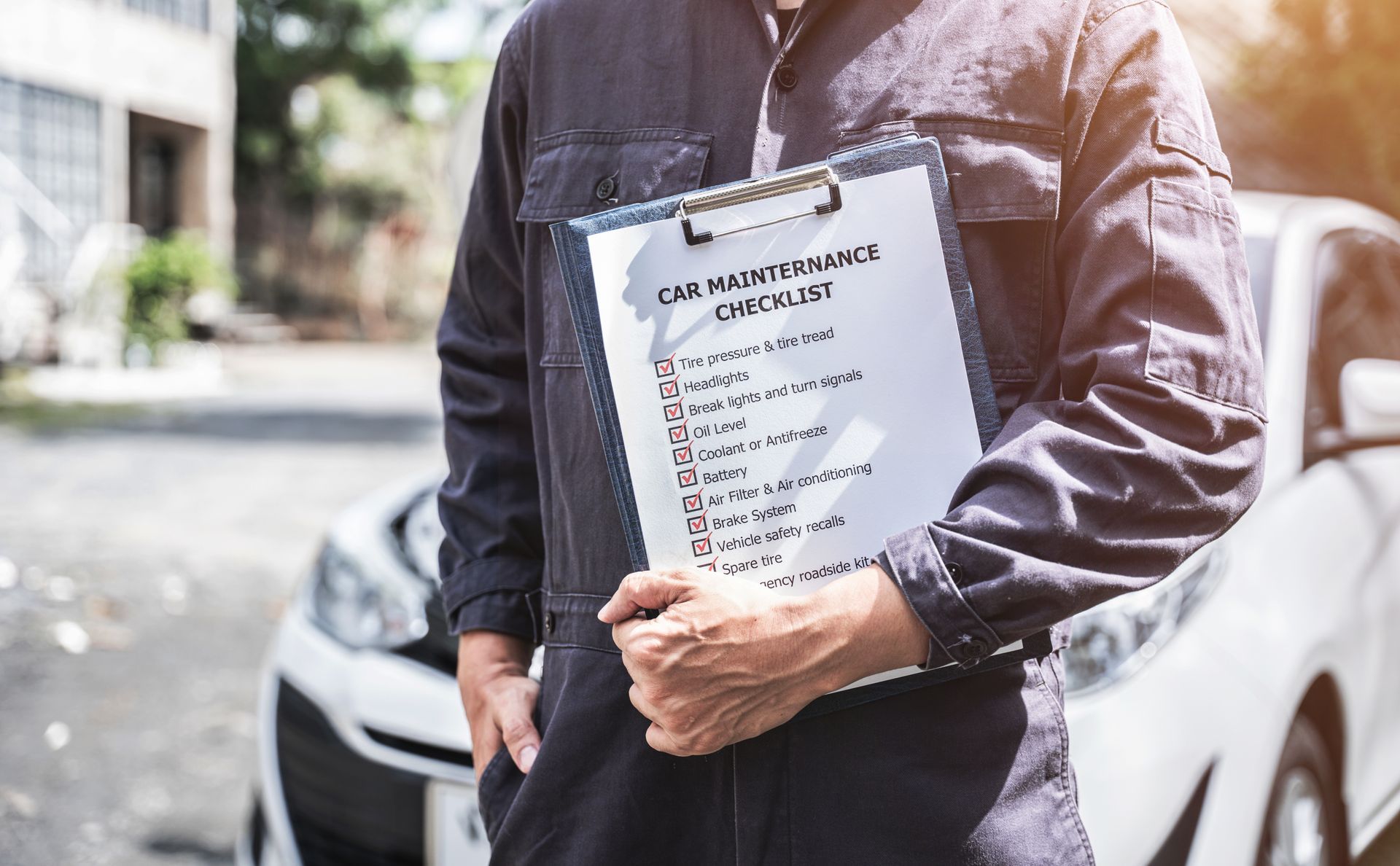Winter driving can be a nerve-wracking experience for many drivers. Slippery roads, hidden patches of ice, and unpredictable weather conditions can turn even a short commute into a challenge. But thankfully, modern cars come equipped with technology that helps you stay safer on those icy roads. Two of the most critical features for winter driving are Anti-lock Braking Systems (ABS) and Traction Control. If you've ever wondered how these systems work to control your car during those treacherous winter months, you're in the right place.
What Is ABS and How Does It Work
The Anti-lock Braking System is designed to prevent your wheels from locking up during a hard stop, which can cause skidding. Without ABS, slamming on the brakes can result in your tires losing grip, especially on slippery surfaces like snow and ice. This loss of traction can cause your car to spin out of control. ABS works by rapidly pulsing the brakes (much faster than a human could) to keep your wheels turning, giving you more control over steering even in a panic stop.
But how does this technology come into play during winter driving? When your ABS sensors detect that a wheel is about to lock up, they modulate the braking force. This helps maintain traction, especially when you're braking on ice or snow-covered roads. The system is smart enough to adjust the braking pressure for each wheel individually, ensuring that your car doesn’t skid, no matter how slippery the surface is.
Traction Control
Now, let’s talk about Traction Control—a feature often paired with ABS but serving a different purpose. While ABS helps you stop without losing control, Traction Control is all about keeping your car stable as it accelerates. Imagine trying to drive uphill on a snowy road; your wheels start spinning, but you’re not moving forward. That’s where Traction Control comes in. It works by sensing when a wheel is losing grip and automatically reduces engine power or applies the brakes to that wheel, helping your car regain traction.
Traction Control is especially useful in winter conditions because it prevents your car from slipping when starting from a stop or accelerating on icy roads. It’s like having a built-in safety net that kicks in when your wheels begin to spin out, helping you maintain control and prevent your car from fishtailing.
Why ABS and Traction Control Are Winter Driving Essentials
You might be wondering: Can’t I just drive carefully and avoid the need for all this technology? While cautious driving is crucial, ABS and Traction Control are designed to assist even the most careful drivers. The reality is that winter roads are unpredictable. One moment, you’re cruising along, and the next, you hit an unexpected patch of ice. Having ABS and Traction Control can make all the difference between a close call and a full-blown accident in those split seconds.
Both systems are incredibly effective at reducing the risk of skidding, sliding, and losing control, which are all too common in winter conditions. They act as an extra layer of protection that reacts faster than any human can, giving you better control over your vehicle when conditions are less than ideal. For those living in areas where snow and ice are regular winter companions, these systems are not just helpful—they’re essential.
The Limits of ABS and Traction Control
However, it’s important to note that ABS and Traction Control are not magic solutions. They can’t override the laws of physics and are not a substitute for careful driving. While these systems significantly enhance your safety, they won’t help if you’re driving too fast for the conditions or if your tires are worn out. Remember, ABS and Traction Control work best when paired with winter tires and safe driving practices.
For instance, ABS can help you stop more effectively, but it won’t reduce your stopping distance on ice if your tires don’t have adequate tread. Similarly, Traction Control can prevent wheel spin but can’t compensate for poor tire grip. So, think of these systems as your co-pilots, not the pilots themselves. They’re there to assist you, but they still rely on you to drive responsibly.
Preparing Your Car for Winter
While ABS and Traction Control are critical for winter safety, preparing your vehicle for winter driving goes beyond these systems. Consider getting a set of high-quality winter tires, as they offer a better grip on snow and ice. Keep your tires properly inflated, check your brakes, and make sure your battery is in good condition. These additional steps can further enhance the effectiveness of your ABS and Traction Control, ensuring you have a safer winter driving experience.
And don’t forget about regular maintenance checks. A well-maintained car is less likely to encounter problems, even in challenging weather conditions. If you’re unsure about the state of your ABS, Traction Control, or other critical systems, a professional inspection can give you the peace of mind you need before heading out onto winter roads.
Ready for winter roads? Let
Proper Service of Baldwin Place help you prepare with our expert maintenance services. From ABS checks to tire inspections, we’ve got you covered. Call us today to book your winter vehicle inspection!

